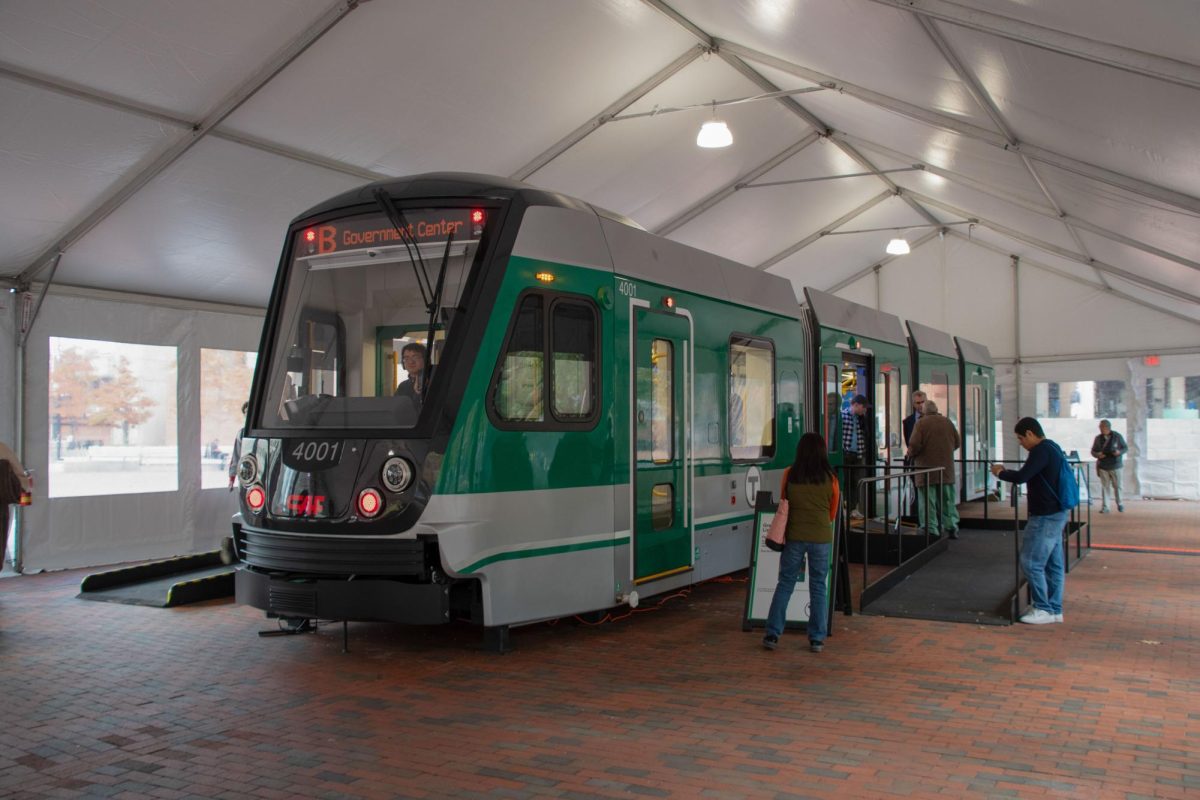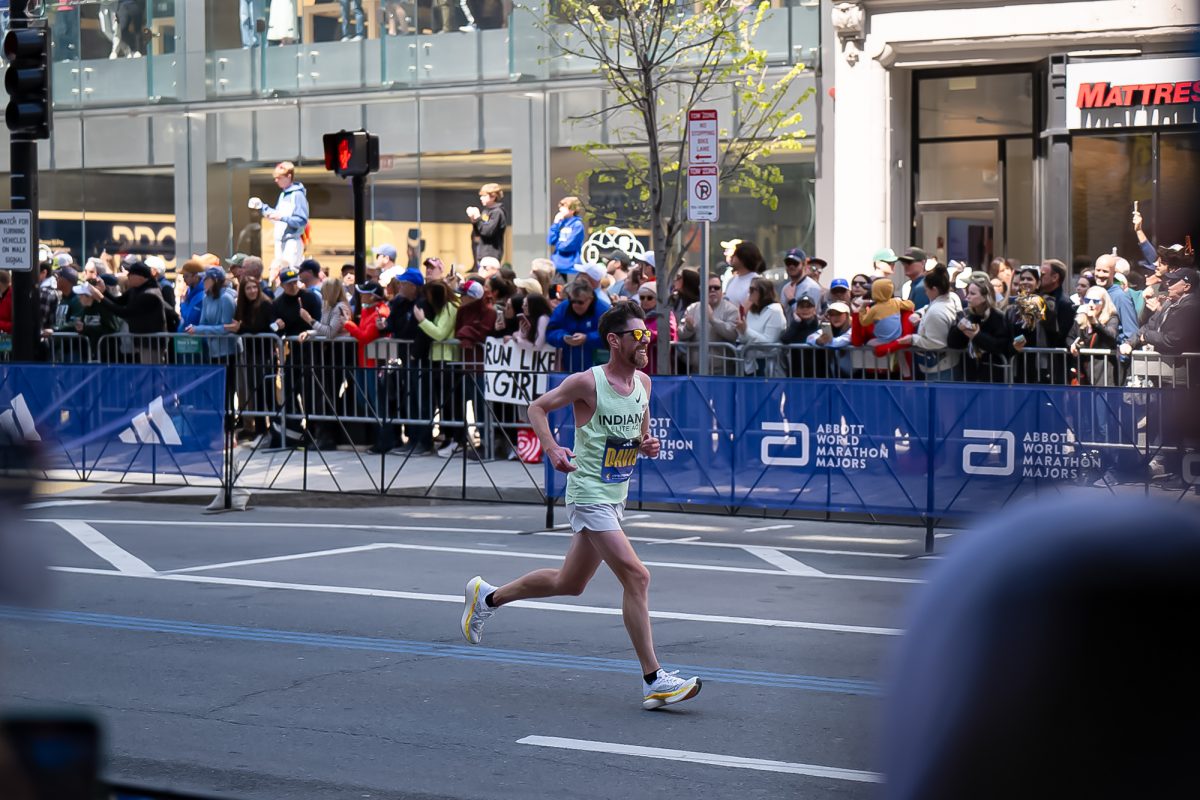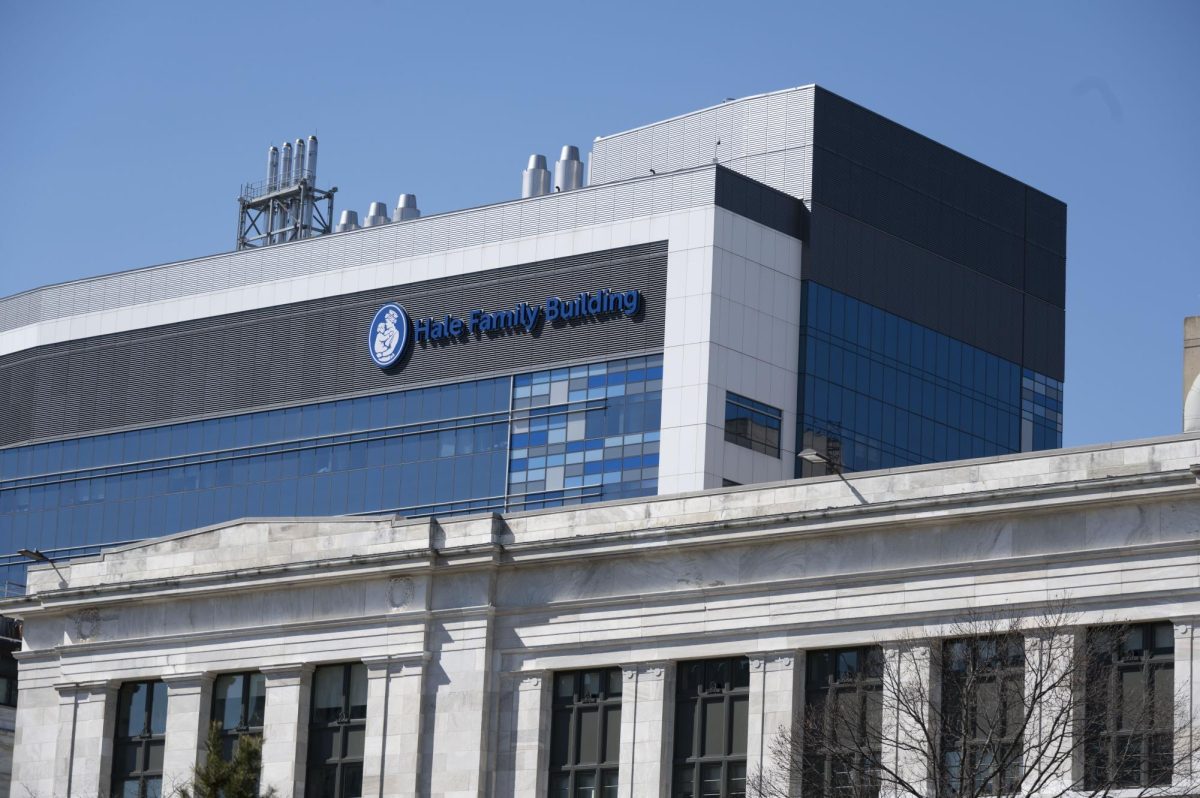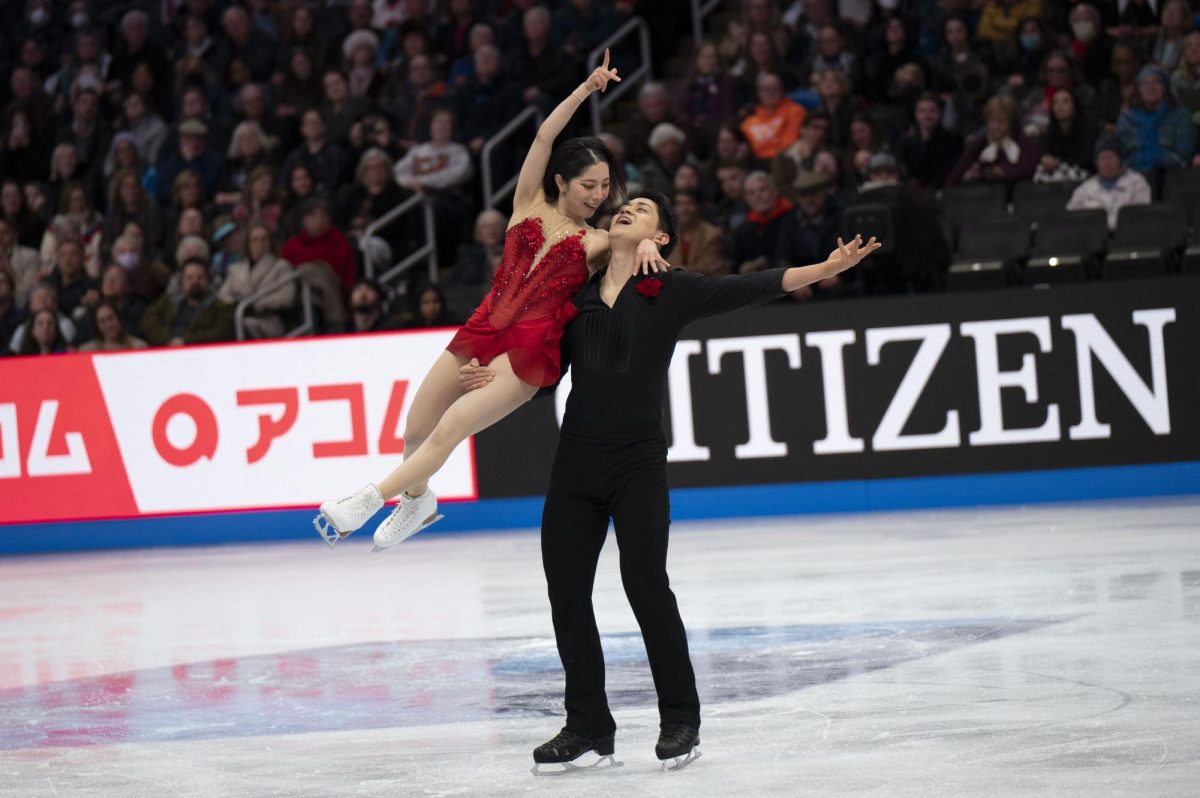The Massachusetts Bay Transportation Authority, or MBTA, displayed a mock-up of the new Green Line Type 10 train Oct. 29 and 30 at Boston City Hall Plaza, unveiling the future look of MBTA trains and attracting frequent riders, curious passersby and public transportation enthusiasts.
“I think we’re really curious of what the future of the MBTA is, said Marina Markot, 66, a former Northeastern University employee and Jamaica Plain resident. “I read the news about it all the time to stay on top of it because I really want it to succeed.”
A prototype of the Type 10 was exhibited in a large tent at the center of the plaza. The train doors were open with wheelchair-accessible ramps set up, allowing attendees to pass through, sit down and scrutinize. MBTA engineers and workers were positioned around the plaza to talk about the features of the model, answer questions and collect feedback from visitors.
“It’s nice to see Boston adopting something that I’ve been seeing worldwide in my travels, something that looks modern,” said self-proclaimed train nerd Scott Aldorg, 54, a Dorchester resident.
The Type 10 was designed by Spanish public transportation manufacturer Construcciones y Auxiliar de Ferrocarriles, resembling trains the company designed in European cities like Barcelona, Madrid, Amsterdam, Helsinki and Athens. The MBTA ordered the trains in 2022, and the prototype is expected to enter service at the earliest in winter 2027.
Signs around the tent also outlined the new features of the prototype along with a QR code linking to a survey for attendees to give feedback.
The main feature of the Type 10 is a flat floor design, increasing the accessibility of the vehicle. There are currently no Green Line trains that have a completely flat floor due to the necessary placement of the train’s wheels and engines.
Several attendees commented on the narrow amount of space in the walkways of the train car, caused by the engineering of the flat floor design.
“It’s interesting, but it’s much too narrow,” said Thaddeus Kochanski, 54, of Lexington, Mass.
Kochanski, who is a public transportation enthusiast and electrical and computer engineer, explained why the trains appear to be so narrow.
“If you want to have a flat floor, you have to put the traction motors and all the electrical components somewhere,” Kochanski said.
The Type 10 will also feature live display screens that update as the train moves through different stops. These will help communicate if each station is accessible for people with disabilities as well as what the available connections are.
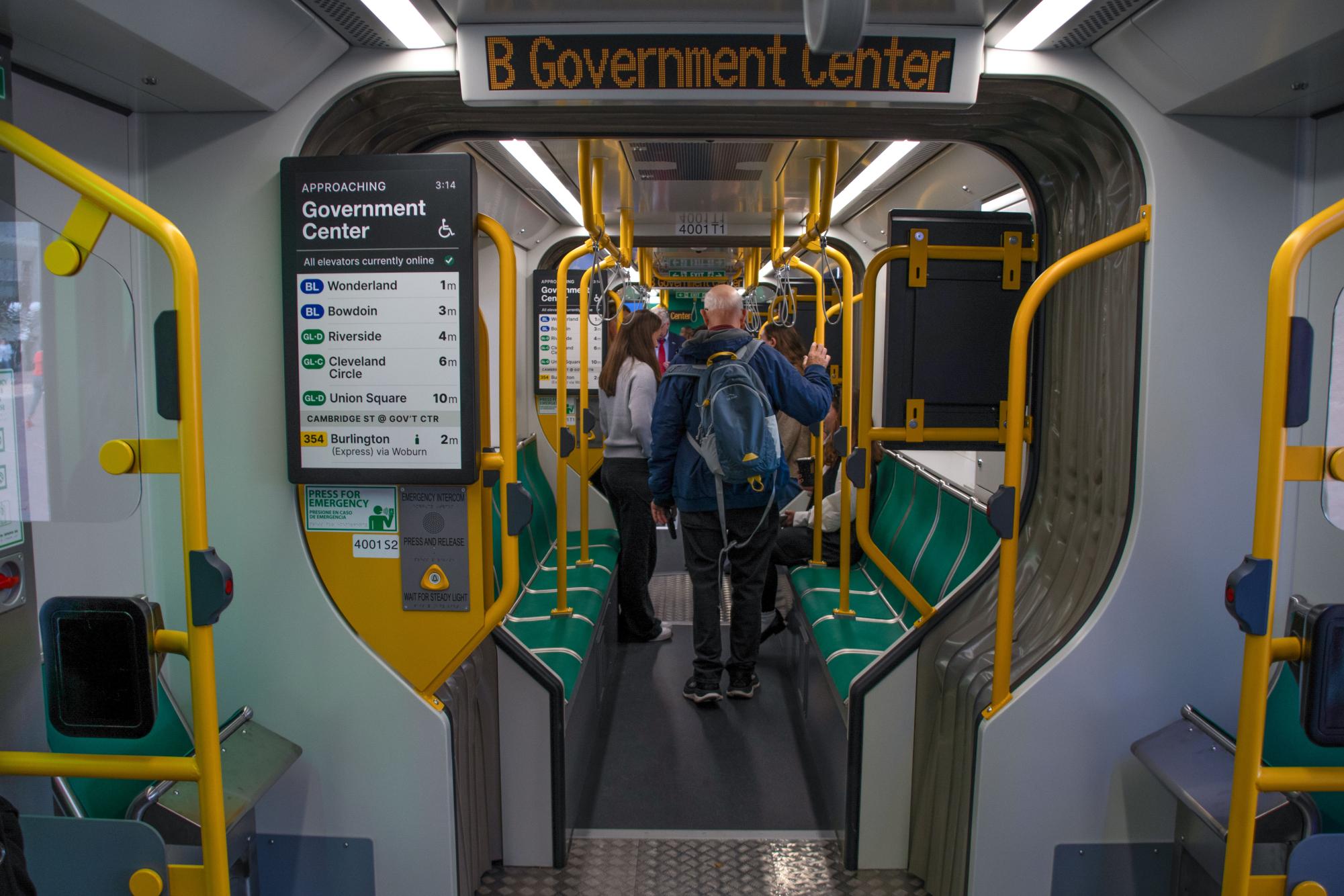
The excitement of transit enthusiasts of all ages in attendance was clear as curious eyes took in the dimensions of features like seat spacing, ceiling height, hand holds and accordion diaphragms.
“I’ve always been fascinated by trains and public transportation,” Aldorg said. “Whenever there’s a new train, I get excited. It’s just not something that happens very often.”
Other features of the train include bridge plates at all doors to connect the gap between train and platform, wider doors to make boarding easier and new safety features including a collision avoidance system. The Type 10 is also 40 feet longer than past Green Line models.
The MBTA’s train system has long been a point of criticism from residents of Boston, especially the Green Line.
“It all feels very slow, but I don’t know that there’s a whole lot they can do about it,” Aldorg said. “The fact is that the tunnels are tight. It feels like it starts and stops a lot… It’s an old system so there’s not much they can do about that. Anything they can do to make it more comfortable would be great.”
This showcase seemed to be a direct response and acknowledgement of the people of Boston’s frustrations by asking the users for their input.
“This is a pretty vibrant city … the denizens thereof pay attention to what’s going on in town and like to be aware and up to the minute,” said Brian Markot, 81, a Jamaica Plain resident. “There’s a piece of that here … giving people a chance to comment on it. … People that get involved, feel involved and it’s reciprocal.”
The Huntington News is dedicated to serving the Northeastern University community with original, professional reporting and creating an environment in which student journalists can learn from one another. Support an independent, free press at Northeastern University with your donation today.



